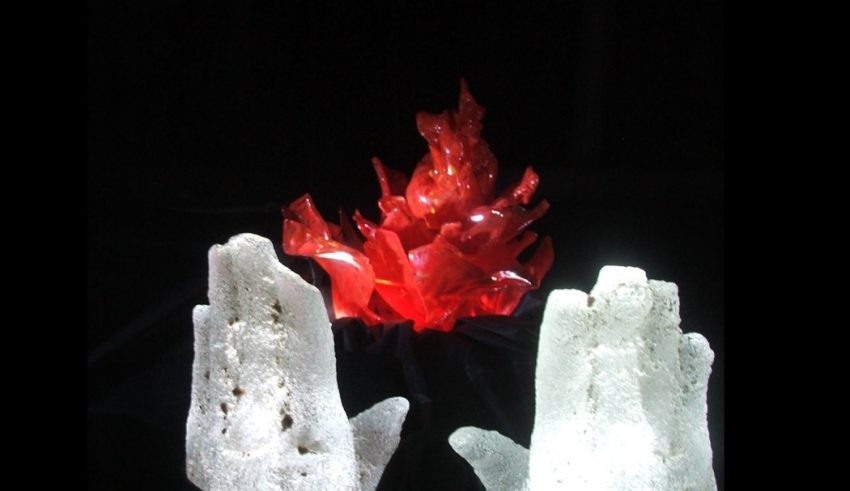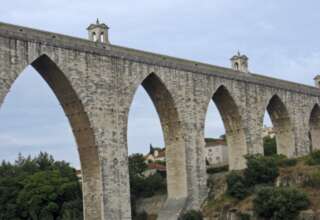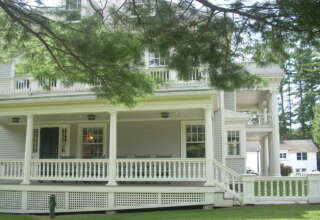
First, when we “tend” there are no obvious or completely predictable outcomes—there are only tendencies. Tending is more like a fire than a pendulum. We kind of know what is about to happen—but can’t be sure. We can predict and calculate probabilities; however, there is no 100% certainty. Under conditions of uncertainty, we are asked (as a leader) to care about the welfare of our organization and those working in our organization. We must be generative in our role as leader—tending to not just the immediate concerns of our organization and colleagues, but also the long-term welfare (the “legacy”) of our organization and colleagues (Bergquist and Quehl, 2019).
This generativity extends out not just in time, but also in space: we must ultimately be “good for” the world in which we live and work, as well as being “good in” this world (Jones, xxx). Generativity and the process of tending are engaged in yet another multi-tiered manner. Generativity extends both outward (the actions we take) and inward (the manner in which we perceive our colleagues and their own strengths and aspirations). We must be appreciative in our actions and perceptions—being collaborative as we lean into our collective future (Bergquist, 2004; Bergquist and Mura, 2011).
We tend to our organization much as we attend to a fire—by watching it carefully, adjusting to changing conditions, and making predictions regarding the outcomes of our actions without knowing for sure what actually will occur. Under conditions of not only uncertainty, but also volatility, complexity, ambiguity, turbulence and contradiction (VUCA-Plus) (Bergquist, 2020), it is quite a challenge—yet a necessary challenge—for us to be attentive tenders of our organization’s fires. What then is the nature of fire and how does it relate to 21st Century leadership challenges in a world of VUCA-Plus? I begin by asking the fundamental question: how big of a fire should we build—and how big of an organization should we build (or at least envision)?
Determining the Size of a Fire
My home in California housed a large stone fireplace sitting at the end of a two-story living room. We had many trees on our property (located in a rural area of California just north of San Francisco)—ranging from fir to redwood. All of this meant that I could build some “really big” fires in our large fireplace. I never had to worry about finding enough wood to burn—I could always throw onto my fires the wood I could retrieve from trees I had cut. My fires were filled with Spirit—and I, in turn, was filled with spirit and dreams of what could be done to change the organization that I led. I could cut down an unlimited number of trees—while changing the world in which I worked and lived.








